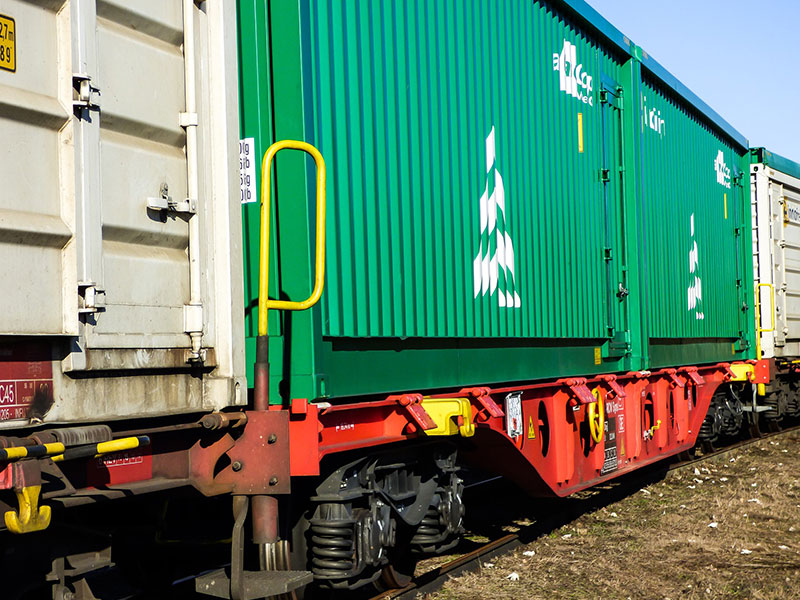Evaluation of the trans-Siberian railway
10.63
From 2010 to 2011
TML led the technical implementation of a study for FESCO and MITSUI, applying the WorldContainerModel to analyse container transport over the trans-Siberian Railway. TML provided the integration between the software package OmniTRANS and the model, resulting in insights on price elasticity and optimal rates for transport over this route.
TML and TNO helped FESCO and MITSUI develop a business case for commissioning new services over the trans-Siberian railway corridor (TSR). To estimate the volume of containers over the new land bridge, the World Container Model (WCM) (WCM) was applied.
The WCM was developed at TNO in 2008. The main function of the model is to calculate the distribution of global cargo flows over competing route alternatives. These route alternatives can include overseas routes as well as land bridges - such as the trans-Siberian railway.
The study for FESCO involved the following steps:
TML was responsible for technical project management and communication between the software package OmniTRANS and the world container model. OmniTRANS was used for data management, network editing, and presentation of results; the effective calculations were performed entirely by the World Container Model.
The study shows - for each NSTR commodity type and as a function of competitive maritime rates - what the price elasticity and optimal pricing are to transport goods most cost-effectively on the trans-Siberian railway.
TML and TNO helped FESCO and MITSUI develop a business case for commissioning new services over the trans-Siberian railway corridor (TSR). To estimate the volume of containers over the new land bridge, the World Container Model (WCM) (WCM) was applied.
The WCM was developed at TNO in 2008. The main function of the model is to calculate the distribution of global cargo flows over competing route alternatives. These route alternatives can include overseas routes as well as land bridges - such as the trans-Siberian railway.
The study for FESCO involved the following steps:
- Matching the new base year in the model to data from FESCO and MITSU.
- Development of the base forecast for a future year and development of the scenarios to be evaluated.
- Model application and interpretation of results.
TML was responsible for technical project management and communication between the software package OmniTRANS and the world container model. OmniTRANS was used for data management, network editing, and presentation of results; the effective calculations were performed entirely by the World Container Model.
The study shows - for each NSTR commodity type and as a function of competitive maritime rates - what the price elasticity and optimal pricing are to transport goods most cost-effectively on the trans-Siberian railway.


